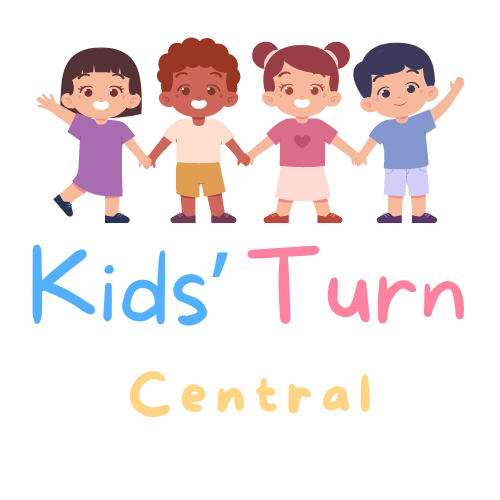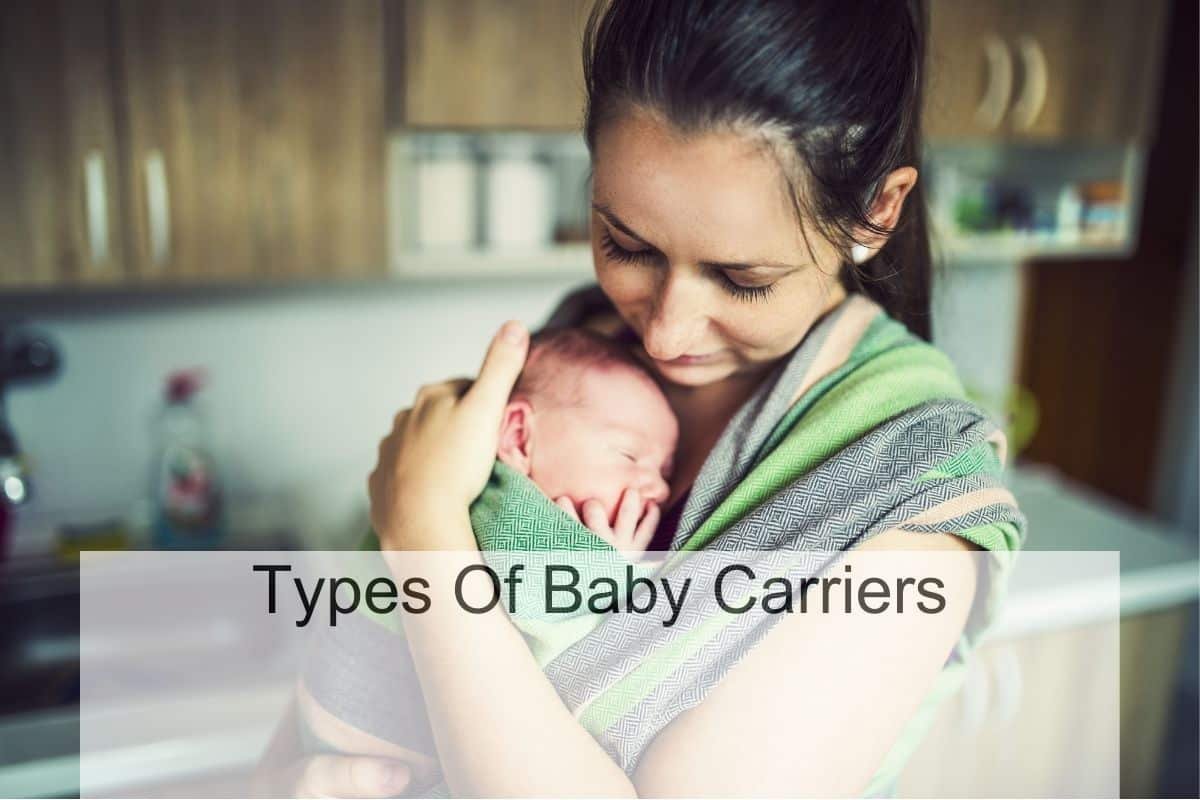As a parent, I know how important it is to keep our little ones close and secure. Babywearing is a great way to bond with your baby while keeping your hands free. However, with so many different types of baby carriers available, it can be overwhelming to choose the right one. In this article, I will provide an overview of the different types of baby carriers to help you make an informed decision.

One of the most popular types of baby carriers is the wrap. Wraps are long pieces of fabric that can be tied in different ways to create a secure and comfortable hold for your baby. They are versatile and can be used from birth to toddlerhood. However, they can take some practice to learn how to use properly.
Another type of baby carrier is the ring sling. Ring slings are made of a long piece of fabric with two rings at one end. The fabric is threaded through the rings and then tightened to create a secure hold for your baby. Ring slings are easy to use and provide a lot of flexibility, but they may not be as comfortable for long periods of time as other types of carriers.
Types of Structured Carriers

Structured carriers are a popular choice among parents because they offer support and comfort for both baby and parent. There are two types of structured carriers: soft structured carriers and frame backpack carriers.
Soft Structured Carriers
Soft structured carriers, also known as SSCs, are a popular choice for parents who want a carrier that is easy to use and comfortable for both baby and parent. These carriers have a padded waistband and shoulder straps that distribute the weight of the baby evenly across the parent’s body. Most SSCs can be used for both front and back carries, and some can even be used for hip carries.
One of the advantages of SSCs is that they are adjustable, which means that they can be used by different caregivers. Most SSCs have adjustable straps that can be tightened or loosened to fit different body types. Some SSCs even have adjustable panels that can be used to customize the carrier to fit the baby’s size.
Frame Backpack Carriers
Frame backpack carriers are a popular choice for parents who want to go on longer hikes or walks with their baby. These carriers have a metal frame that supports the baby’s weight and distributes it evenly across the parent’s body. They also have padded shoulder straps and a padded waistband for added comfort.
One of the advantages of frame backpack carriers is that they have a lot of storage space. Most frame backpack carriers have pockets and compartments where parents can store snacks, water bottles, and other essentials. Some even have a detachable backpack that can be used separately.
Types of Wrap Carriers

Wrap carriers are made of soft and stretchy fabric, and they are designed to keep the baby close to the parent’s body while allowing for hands-free movement.
Stretchy Wraps
Stretchy wraps are made of material that stretches, usually cotton knit, which makes them comfortable for both the baby and the parent. These wraps are generally one size fits all, so you can share between caregivers. They are often intended for younger babies, with a weight limit of around 15-20 pounds.
One of the benefits of stretchy wraps is that they are easy to use once you get the hang of it. They can be pre-tied before placing the baby in the wrap, which makes it easier to put on and take off. However, it is important to note that stretchy wraps can become less supportive as the baby grows, and they may not be suitable for long periods of use.
Woven Wraps
Woven wraps are made of a non-stretchy fabric, which makes them more supportive than stretchy wraps. They come in different sizes and lengths, which can be overwhelming for a new parent. However, once you learn how to use them, they can be a great option for carrying your baby.
One of the benefits of woven wraps is that they can be used for a longer period of time, as they can support the weight of a growing baby. They can also be used in different carries, which allows for a more customized fit. However, woven wraps can be more challenging to use than stretchy wraps, and they may require more practice to master.
Types of Sling Carriers

Sling carriers are a popular choice because they are comfortable, easy to use, and versatile. There are two main types of sling carriers: ring slings and pouch slings.
Ring Slings
Ring slings are made from a long piece of fabric that is threaded through two rings. The rings are used to adjust the length of the fabric and create a secure pouch for the baby to sit in. Ring slings are great for newborns and can be used up to toddler age. They are also perfect for breastfeeding on the go, as the fabric can be adjusted to create a comfortable and discreet nursing cover.
When choosing a ring sling, it’s important to consider the fabric. A lightweight and breathable fabric like linen or cotton is ideal for warmer weather, while a thicker and more supportive fabric like woven wrap material is better for cooler weather or heavier babies.
Pouch Slings
Pouch slings are made from a single piece of fabric that is sewn together to create a pouch for the baby to sit in. They are very easy to use and are a great option for quick trips out or around the house. However, they are not adjustable like ring slings, so it’s important to choose the correct size.
When choosing a pouch sling, it’s important to measure yourself carefully to ensure a good fit. A pouch that is too small can be uncomfortable for both the parent and the baby, while a pouch that is too big can be unsafe. It’s also important to choose a fabric that is breathable and comfortable for both parent and baby.
Hybrid Carriers

Hybrid carriers, however, offer the best of both worlds – the flexibility of a wrap and the support of a structured carrier.
Meh Dai Carriers
Meh Dai carriers are a type of hybrid carrier that originated in Asia. They have a panel of fabric that supports the baby’s back and a set of straps that are tied around the waist and shoulders. These carriers are versatile and can be used for front, back, and hip carries. They are also adjustable and can be used from newborn to toddlerhood.
One of the benefits of Meh Dai carriers is that they distribute the weight of the baby evenly across the parent’s body, which reduces strain on the back and shoulders. They are also easy to use and can be adjusted quickly to fit different body types.
Half-Buckle Carriers
Half-buckle carriers are another type of hybrid carrier that combines the support of a structured carrier with the flexibility of a wrap. They have a panel of fabric that supports the baby’s back and a waistband that is fastened with a buckle. The shoulder straps, however, are tied like a wrap.
Half-buckle carriers are easy to use and can be adjusted quickly to fit different body types. They are also versatile and can be used for front, back, and hip carries. One of the benefits of half-buckle carriers is that they provide more support than a wrap, but are more comfortable than a structured carrier.
Special-Purpose Carriers
Here are two types of special-purpose carriers that I have found helpful:
Twin Carriers
If you are a parent of twins, you may want to consider a twin carrier. These carriers are designed to hold two babies at once, making it easier to carry them both while keeping your hands free. There are two types of twin carriers: the double sling and the double front carrier. The double sling is a long piece of fabric that is wrapped around both babies and the parent’s body, while the double front carrier is a structured carrier with two separate compartments for each baby.
Water Carriers
If you enjoy spending time in the water with your baby, a water carrier may be a good option for you. These carriers are made from waterproof material and are designed to be used in the water. They are perfect for taking your baby to the beach, pool, or even in the shower. Some water carriers are also designed to be used in the shower, making it easier to wash your baby while keeping them close to you.
Carrier Accessories
As a loving parent, I know that babywearing can be an amazing experience. It can help me bond with my little one, keep my hands free, and make it easier to navigate through crowded places. However, some carrier accessories can make the experience even better.
Teething Pads
Teething pads are a must-have accessory for any parent who loves babywearing. They can protect the carrier from drool and prevent it from getting smelly. They can also provide a soft and comfortable surface for the baby to chew on when they are teething. Some teething pads are made of organic cotton or bamboo, which can be gentle on the baby’s skin.
Carrier Covers
Carrier covers can be a lifesaver when the weather is cold or rainy. They can keep the baby warm and dry while still allowing them to enjoy the benefits of babywearing. Some covers are made of fleece or wool, which can be cozy and soft. Others are made of waterproof materials, which can be great for protecting the baby from rain or snow.
Infant Inserts
Infant inserts can be a great accessory for parents who want to use a structured carrier with their newborn. They can provide extra support and cushioning for the baby’s head and neck. They can also help the baby maintain a healthy hip position. Some infant inserts are adjustable, which can be great for parents who want to use the carrier as the baby grows.
Overall, carrier accessories can make babywearing even more enjoyable. From teething pads to carrier covers to infant inserts, there are many options to choose from.

